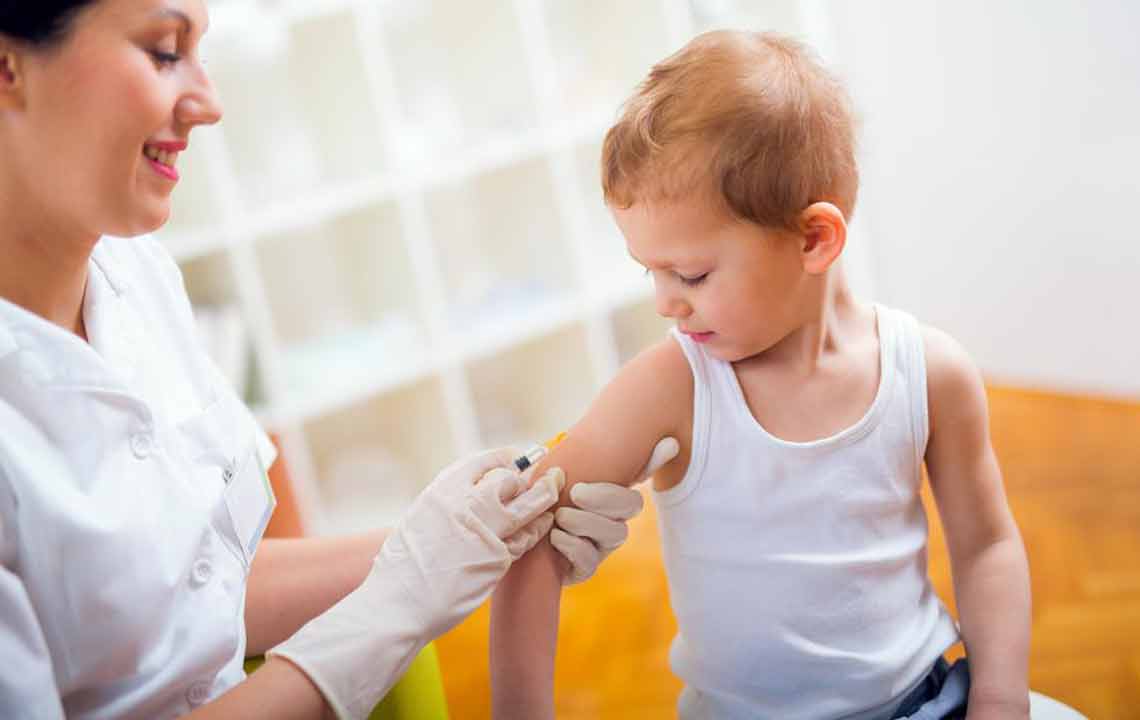Recognizing Key Symptoms of Pneumococcal Lung Infection
This article provides an overview of pneumococcal pneumonia, highlighting common symptoms, transmission ways, risk factors, diagnosis, and preventive tips. It emphasizes the importance of vaccinations and good hygiene practices to reduce infection risk, especially for vulnerable populations like children and the elderly. Recognizing early signs and understanding how the disease spreads can help in timely treatment and prevention. Stay informed about this serious bacterial lung infection to protect yourself and your loved ones effectively.

Recognizing Key Symptoms of Pneumococcal Lung Infection
Understanding the Signs and Symptoms of Pneumococcal Lung Disease
Streptococcus pneumoniae, commonly called pneumococcus, is responsible for various infections, notably pneumococcal pneumonia. This bacterium resides naturally in the upper respiratory tract of healthy individuals but can lead to severe lung infections. Multiple serotypes of pneumococcus exist, distinguished by minor variations in their surface antigens, which trigger immune responses.
What Is Pneumococcal Pneumonia?
Pneumococcal pneumonia is a serious lung infection that can be life-threatening.
This illness primarily impacts older adults and infants.
Although rare, outbreaks tend to occur among adults living in overcrowded, impoverished environments.
When are individuals at greater risk?
Young children under 2 years old
Children in group childcare settings
Residents of Aboriginal and Torres Strait Islander communities
Transmission of the Infection
The primary mode is via respiratory droplets when an infected person coughs, sneezes, or talks.
Inhalation of these aerosols spreads the bacteria to others.
Contact with contaminated tissues, hands, or direct contact can also transmit the disease.
Infections are more common during winter months, often exacerbated by other viral illnesses.
Symptoms to Watch For
Chills and shivering
A persistent cough
Chest pain during breathing
Fever
Shortness of breath
Drowsiness or fatigue
Coughing up blood-stained mucus
Diagnosis Methods
Blood tests and microscopy often confirm the infection.
Sputum analysis helps identify the bacteria.
Polymerase Chain Reaction (PCR) tests are used in labs for precise detection.
Infectious Period and Incubation
The incubation typically lasts 3–4 days, but can range from 1 to 10 days.
Effective antibiotic treatment usually renders patients non-infectious within 24 hours.
Antibiotics should only be administered when diagnosed; unnecessary use is discouraged.
Avoid close contact with infected individuals to prevent transmission.
Preventive Measures
Maintain thorough hand hygiene, especially after touching the face or before meals.
Use tissues or elbows to cover coughs and sneezes, then dispose of tissues properly.
Avoid sharing utensils or personal items.
Stay away from individuals showing symptoms to reduce risk.
Limit alcohol consumption, as excessive drinking increases susceptibility.
Vaccinations are available for both children and adults, significantly reducing the risk of pneumococcal infections by strengthening immunity. Staying up-to-date with vaccines provides added protection against this serious lung disease.










